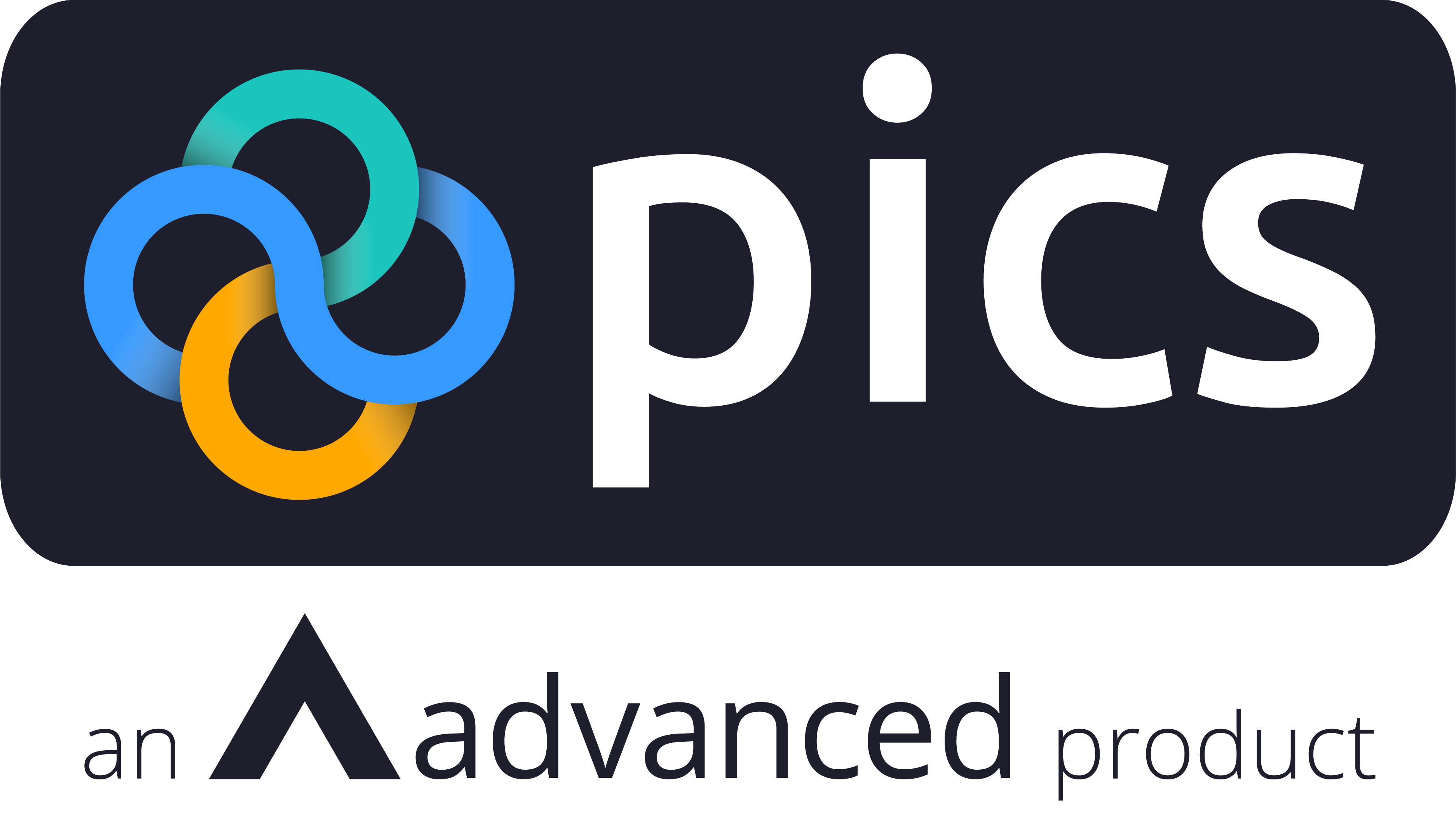
Our latest PICSWeb update is being released over the weekend, featuring several new features and improvements. Take a look below at some of the most exciting changes.
If you never want to miss a PICSWeb update, including smaller changes that do not make it to the blog, make sure to follow our What's New in PICSWeb page.
As per our plan for the Transition to PICSWeb, we now hope that you are using the new system for all of your needs. Please do not hesitate to get in touch to discuss any requirements or feedback.
ILR Changes for 2022/23
As explained in our Last Blog, we have updated ILR data capture in PICS to match the 2022/23 ILR Specification. The PICS for the 2022/23 ILR Year page in our online help contains a full list of these changes.
ILR Fields
This is a year of minimal change to the ILR, though some updates have been required in PICSWeb to handle the some new fields and specifications. The following updates have been made to ILR data capture:
-
It is now possible to record two OET values against an Employment Status record.
-
OET codes 2 and 3 are now available.
-
Skills Bootcamps can now be recorded with Funding Model 37 and Programme Type 32. Contract Reference Number and DAM FAMs have been enabled on programme aims to allow for this.
-
Combined Authorities programmes can be recorded with Programme Type 33. Learning Start Date Postcode has been enabled on programme aims to allow for this.
-
Preferred Method of Contact (PMC) cannot be recorded for learners starting on/after 1st August 2022.
-
Restricted Use Indicator (RUI) codes 6 and 7 cannot be recorded for learners starting on/after 1st August 2022.
-
Aim HE field Student Instance Identifier (NUMHUS) is no longer available in the 2022 ILR and has been moved to the 2021 fields section.
-
The LDM code list has been updated.
TNP and PMR Capture
The ILR Specification for 2022/23 instructs providers to exclude any cost over the Cap Band when recording the Total Negotiated Price (TNP) for a Learner. To support this, we have added a new TNP type, TNPX, for Additional Employer Price to represent any additional charges to the employer over the cap band.

Like other TNP types, the Additional Employer Price TNP will be used to generate PMR records with a type PMRX for the learner. Unlike other values, however, this TNP and related PMRs will not be exported in the ILR.

Apprenticeship Service Changes
New ILR fields have been added to capture Recognised Prior Learning (RPL) for apprenticeship starts on or after the 1st August 2022. These can now be entered in PICSWeb and included in the bulk AS upload. The following new fields are used to record recognised prior learning:
-
AS RPL Identified
-
AS Duration Reduced By
-
AS Price Reduced By
These fields are available in the ILR Learner tab in the Learner ILR Summary and for applicants in the Financial Details tab in the Applicant Summary.

Month End
We have updated the following Month End features to support the new ILR year:
-
The ILR Exporter is now capable of exporting ILR files which conform to the 2022/23 ESFA ILR Specification.
-
The ILR exporter no longer sends any aims which start in a future year.
-
It is no longer possible to create 2020 ILR files.
-
Funding calculations have been updated and are now available for the 2022-23 ILR year.
-
Funding reconciliations have been enabled for the 2022-23 ILR year.
Reports
Learner reports containing ILR data have now been updated to use the 2022 version of annual fields, unless the report field explicitly shows a different year.
We have also updated the Qualification Achievement Rates (QAR) report to use the newest ESFA technical specifications. A new report type for ESF Funded Learning has also been added, based on the Education and Training QAR specification but including all aims with Funding Model 70.
PICSWeb Surveys
Our all-new survey solution for PICSWeb is now available to users.

The survey builder also allows you to add a variety of question and information fields to the survey. You can also set up a range of daily automated process to have the survey sent out to groups of records when they meet certain criteria.

For full guidance on PICSWeb Surveys, take a look at the new section in our Online Help.
Spreadsheet Across Format for Reports
A new option has been added in the Output Type field for Spreadsheet - Across. This creates a similar file output to the Spreadsheet option, except there will only be one row per main entity in the report, with all sub-entities shown in repeating columns.

For example, if you are running a Learner Reviews report, there will be one row per learner, with each review for the learner shown in repeating columns. You can use the Repeat up to field to specify the maximum number of sub-entities you would like displayed in each row.
Improvements to User Defined Forms
We have updated some aspects of User Defined Forms for improved functionality and consistency with other form solutions in PICSWeb.
UDFs now have a Summary page with a Locations and Visibility Restrictions tab, which allows you to specify in much greater detail than before where and when the UDF will be available to users.

The Users and Licences section of configuration also has a new section for Visibility Groups, which can be set up to control which users can access certain UDFs.
Our Online Help for UDFs has been updated to reflect these changes.
WebForm Validation
Some of our customers have reported that when WebForm signatories have been called in to sign a WebForm, they have missed some mandatory fields before signing, meaning that the form cannot be submitted.
To prevent this, we have added a new option to Validate and Save Current from the WebForm Actions menu. This means that any mandatory fields for signatories who have already signed will have to be filled before the form can be saved.

Recent Posts
Out Now: New Reports and More
Our latest PICSWeb development cycle has just been released, featuring several new features and...
Out Now - IQA Tools and More
Our latest PICSWeb update is being released over the weekend, featuring several new features and...
Out Now - Funding Forecasting and more
Our latest PICSWeb update was released over the weekend, featuring several new features and...

